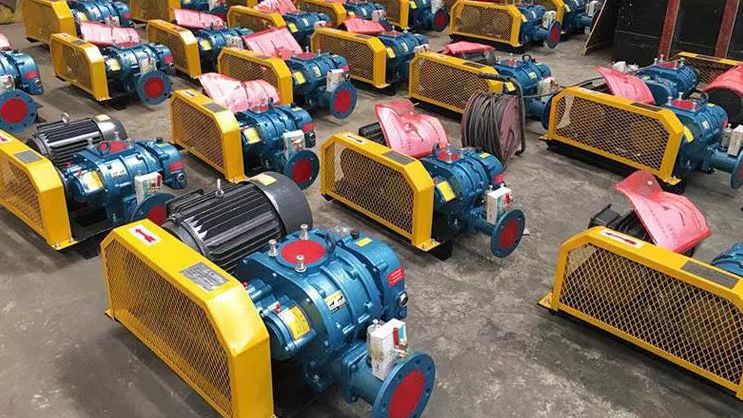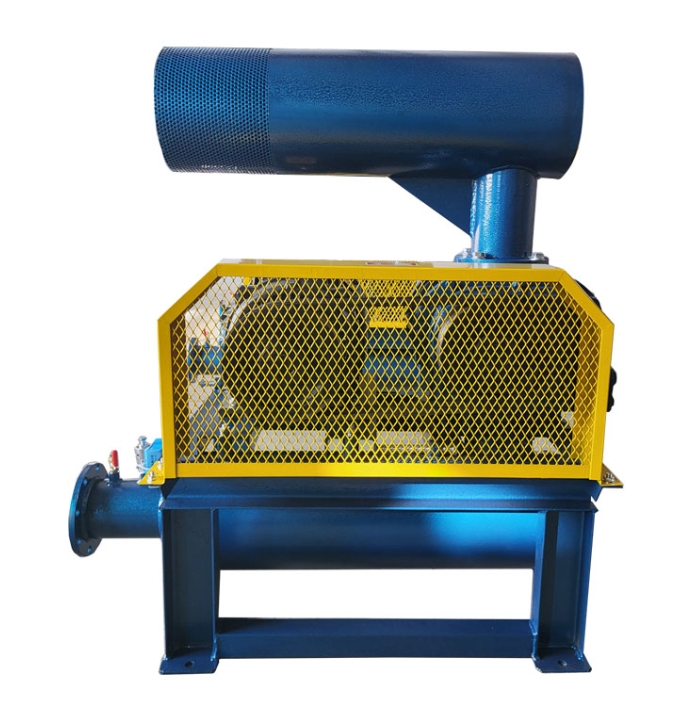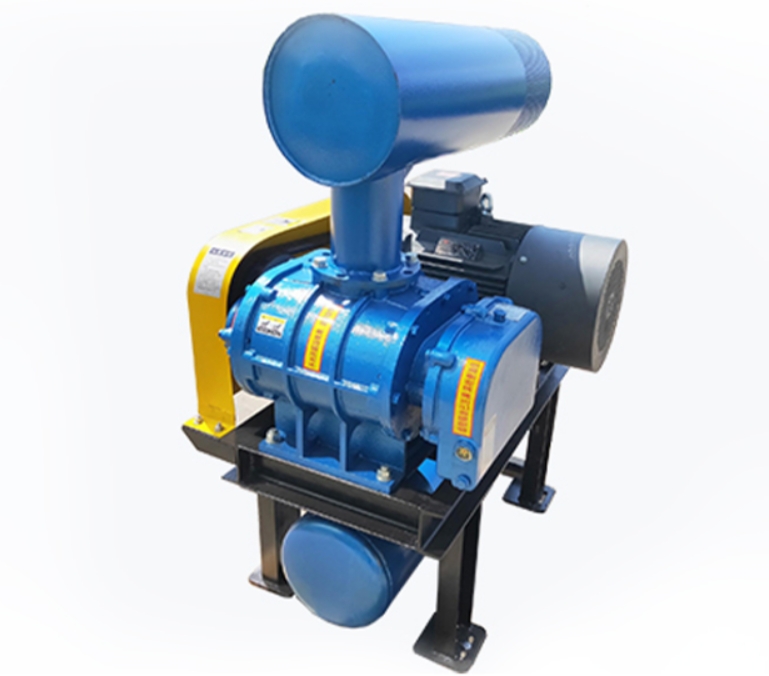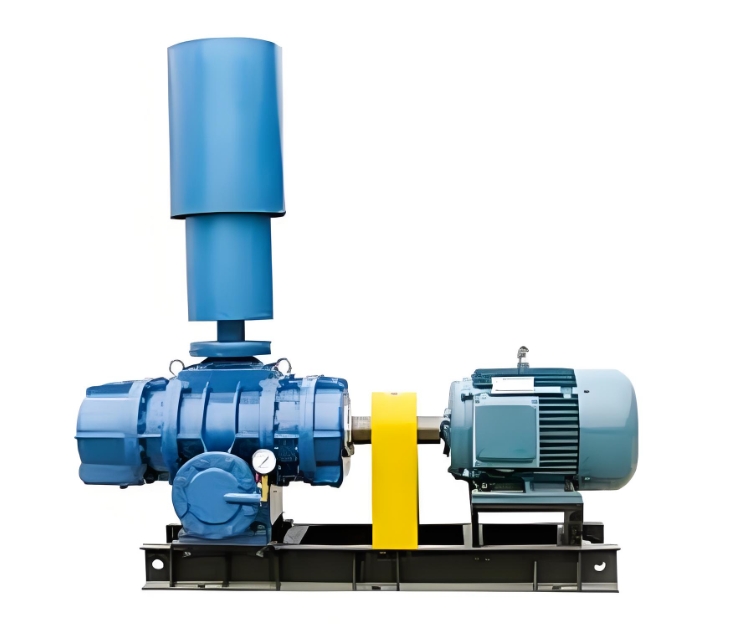Design and material selection of aeration pipeline for Roots blower**
**Keywords * *: Roots blower, burst air, what kind of pipe is equipped

**1、 Composition of aeration pipeline system**
Including main pipelines, branch pipelines, aeration heads (discs/pipes), valves, and connectors, it is necessary to ensure airtightness and corrosion resistance.
**2、 Comparison of pipeline materials**
1. * * UPVC pipe**
-Advantages: Low cost, acid and alkali resistance, suitable for small and medium-sized projects.
-Disadvantage: Low compressive strength (≤ 0.6MPa), requiring the addition of a support frame.
2. Stainless steel pipe (304/316L)**
-Applicable scenarios: high salinity or high temperature wastewater (such as electroplating industry).
-Cost comparison: 316L is 3-5 times more expensive than UPVC, but has a lifespan of up to 20 years.
3. * * PE pipe**
-Characteristics: Good flexibility, suitable for underground laying, strong impact resistance.
**3、 Key points of pipe diameter design**
-Flow rate control: main pipeline 8-12m/s, branch pipeline 4-6m/s (to avoid excessive pressure drop).
-Calculation formula: D=√ (4Q/π v), where Q is the air volume and v is the flow velocity.
**4、 Suggestions for matching aeration heads**
-Micro porous aeration disc: requires cooperation with a low-pressure fan (pressure<49kPa);
-Spin mixing aerator: suitable for high-pressure Roots blowers (pressure>58.8kPa), with an oxygen utilization rate of 35.
**5、 Installation precautions**
-Pipeline slope ≥ 0.5 for drainage and blockage prevention;
-EPDM gaskets are required for flange connections to prevent leakage.





